What Is Invisalign?
- Author: Diamond Dental
- Date: March 12, 20242024-03-13T10:36:512024-03-12T14:37:54
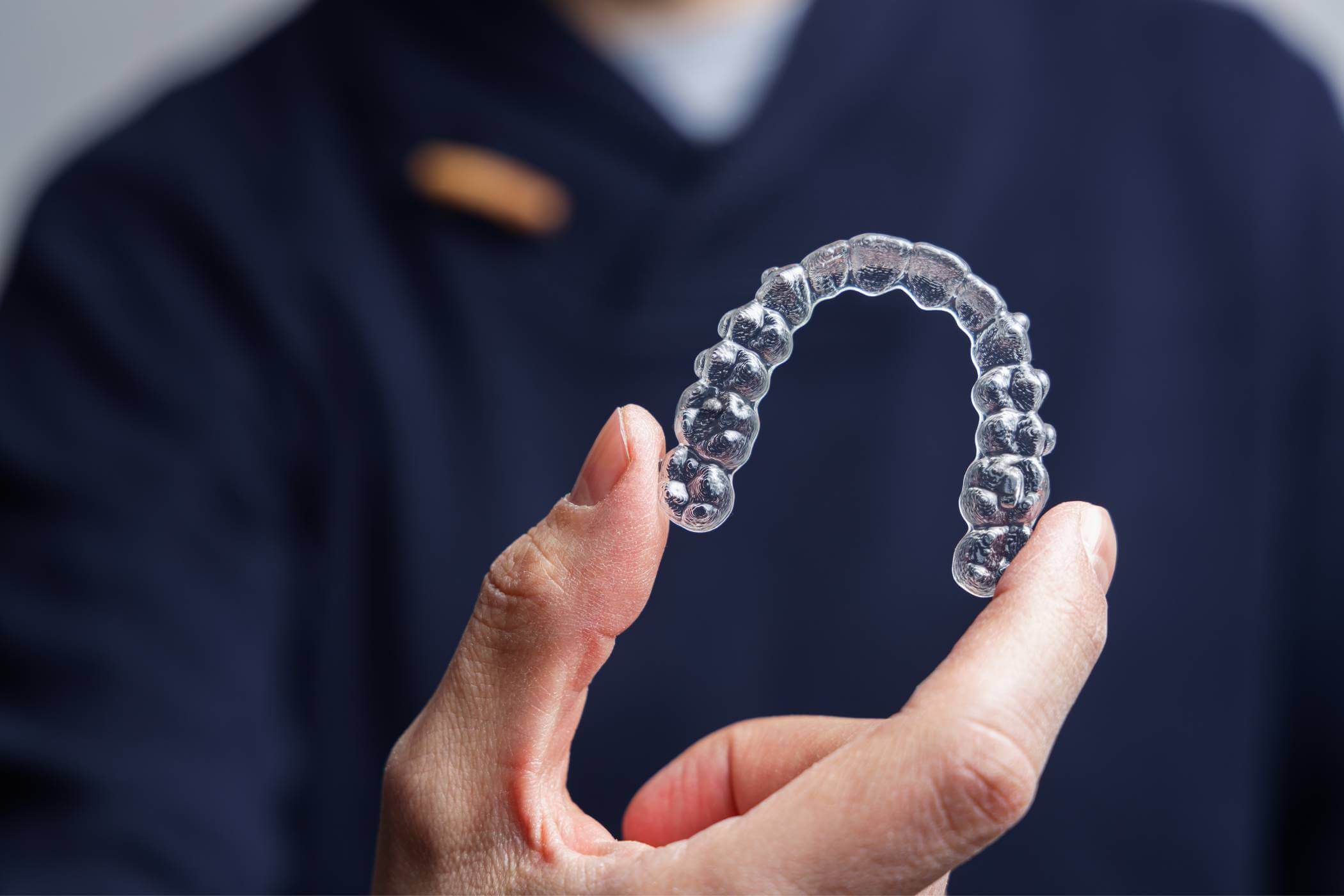


The journey towards the perfect smile is often fraught with challenge and compromise. However, with the help of Invisalign, millions of people have found doing just that is much easier than they previously thought. But what is Invisalign, and is it worth it? These clear aligners eliminate the need for metal wires and braces, instead opting for a near-invisible approach to teeth realignment.
Knowing where to start when weighing up realignment procedures can be difficult with so much information available. This article takes an in-depth look at Invisalign and why it’s rapidly becoming one of the most popular orthodontic treatments in the world.
While treatment involves commitment, many patients deem the investment worthwhile upon seeing the results. For Invisalign in Milton Keynes, consult our specialist orthodontist, Dr Oana Omer, at Diamond Dental MK.
Patients often look to Invisalign for improved physical appearance as they work towards their dream smile. While this is a massive treatment benefit, Invisalign offers huge oral and overall health benefits alongside a new look.
Poor oral health makes the mouth an entry point for harmful bacteria. Invisalign’s alignment means as a patient’s teeth straighten, they shut out more bacteria and reduce their risk of developing severe health problems. Poor oral health is linked to a multitude of systemic health issues, such as heart disease and diabetes; you can find more information on this on the BSP website.
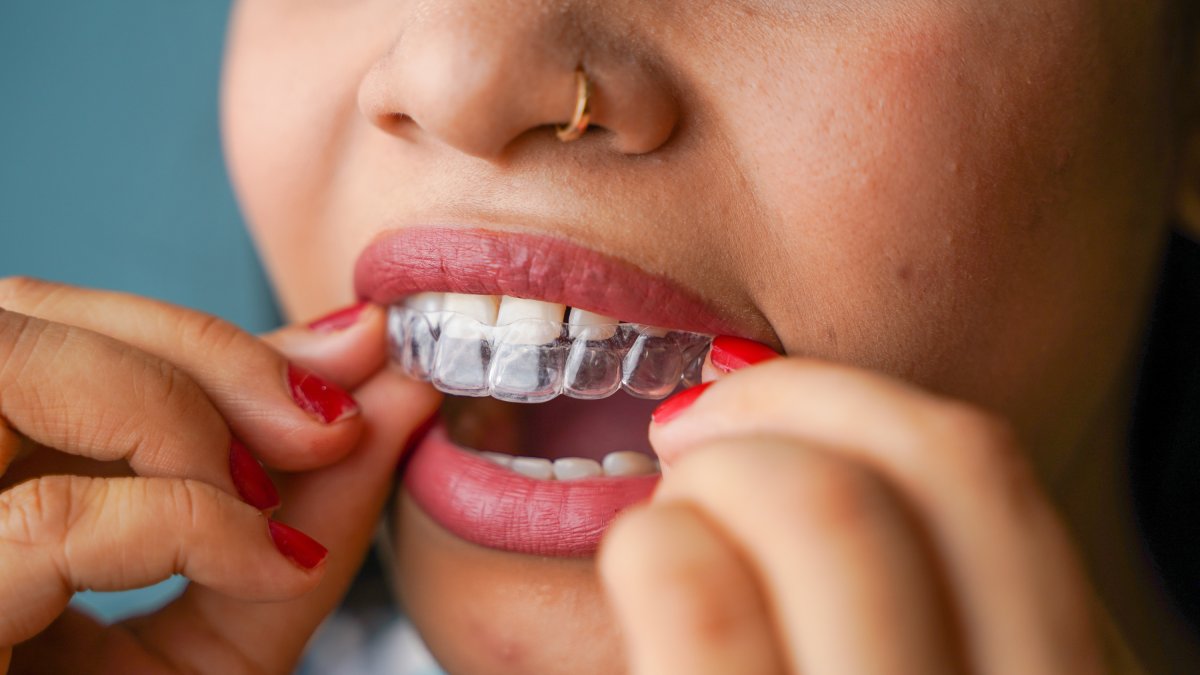
The first stage in any Invisalign journey is the consultation. At our dental clinic in Milton Keynes, a dentist or orthodontist will examine a patient’s smile, assess their needs and discuss the best course of action for their specific circumstances. Often, 3D imaging is used so patients can better understand the potential results.
Following the consultation, our dentist in Milton Keynes will create a series of clear and removable aligners custom-made to fit your mouth. Invisalign slowly straightens your teeth, ultimately resulting in an improved smile. Over the course of the treatment, patients will be required to wear a series of custom-made plastic trays. These trays will be changed every few weeks to a new mould, each time shaping the teeth closer to their desired position.
Patients must wear their aligners for 20-22 hours a day to observe maximum benefit from the treatment. They should only be removed to eat, drink, brush and floss. At Diamond Dental MK’s private dentist in Milton Keynes, our orthodontists will conduct regular checkups to ensure your treatment progresses as expected.
Treatment will conclude when each set of aligners has been worn for the required time. For patients to maintain the benefits of their treatment, a retainer must continue to be worn consistently.
While patients must remove the aligners before eating, the flexibility in food consumption is a crucial selling point for Invisalign. Due to their removable nature, patients are not limited in their mid-treatment diet, unlike traditional braces.
If patients choose to eat with their aligners still in, they risk damaging both the aligners and their oral health. The powerful force of chewing can cause aligners to crack or break, prolonging a patient’s treatment length. Not only this but food can get stuck in the aligners, allowing harmful bacteria to thrive. Patients should also remove aligners when drinking unless it’s water they’re consuming.
Patients should brush their teeth before returning their aligners after every meal. For this reason, carrying a toothbrush kit is always a good idea.
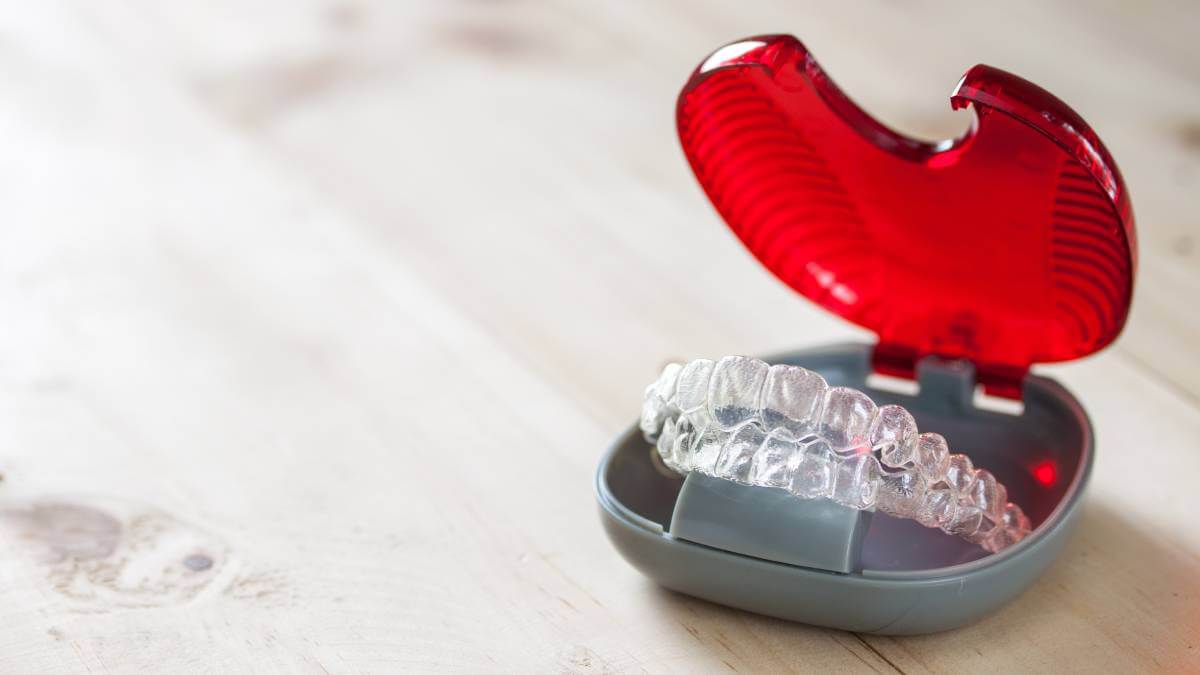
Often, the pain associated with metal braces is enough to put people off receiving treatment. As a result, patients are often relieved to discover that, comparatively, Invisalign is far less painful. While some patients report minor discomfort, including jaw pain and headaches, the pain associated with Invisalign is far from unmanageable.
Pain and discomfort are most common at the start of a patient’s treatment as they slowly adjust to wearing aligners daily. This is perfectly normal as your teeth slowly shift, but effective ways to reduce Invisalign pain exist.
Depending on your oral condition, the Invisalign procedure can vary in time. Typically, treatment can take anywhere from three months to 18 months. Patients with simple fixes like slight crowding correction can often expect fast results. However, the treatment time can extend past 12 months for those with more complex conditions.
Patients are also responsible for the progress of their treatment. To ensure treatment goes as smoothly and quickly as possible, patients should always follow these rules:
Upon the conclusion of a patient’s Invisalign treatment, the teeth will be held in place by the surrounding jawbone. For this reason, retainers should be worn consistently following the procedure to allow the jawbone to regenerate around the new position of the teeth. This resorption process can take anywhere between nine and twelve months. Neglecting to wear a retainer after an Invisalign finished treatment can hurt a patient’s smile.
Typically, 12 months after Invisalign treatment, the patient’s jawbone should be stable enough to hold the teeth in their new positions. Naturally, teeth move inwards and forward over time; however, after the jawbone is fully healed, the teeth won’t change position too drastically.
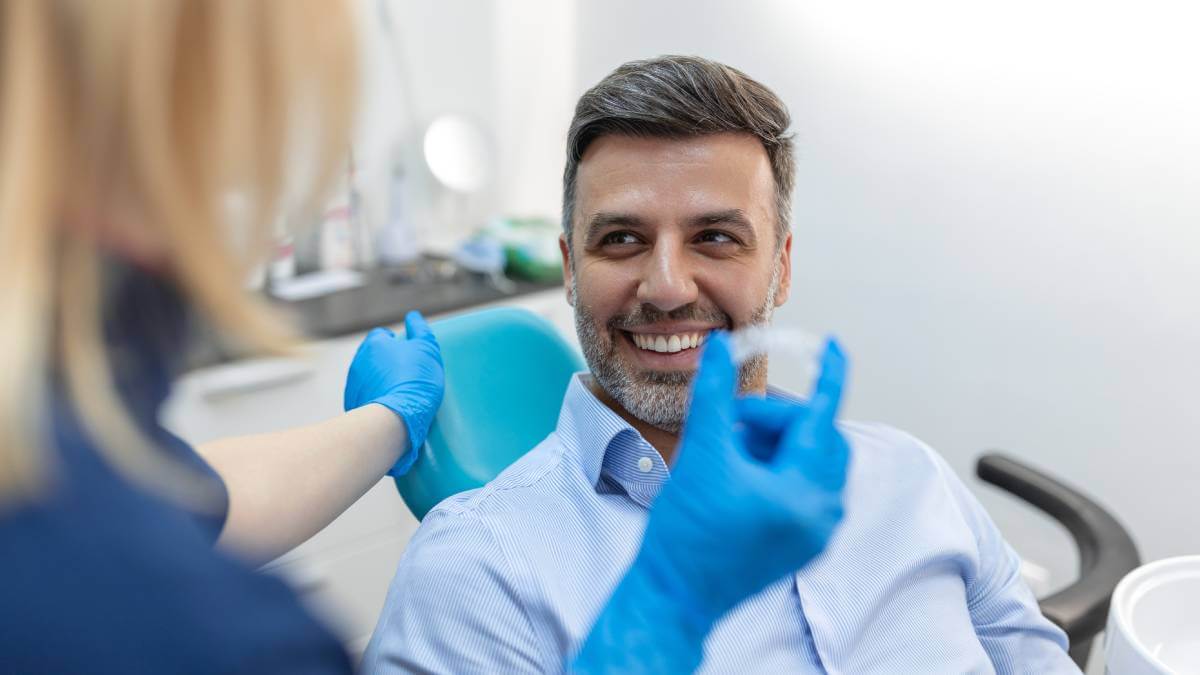
Numerous factors must be considered when determining the cost of an Invisalign treatment programme. The best way to understand the treatment price is by consulting a qualified orthodontist. With a free consultation at Diamond Dental MK, patients can fully understand the cost required for their specific treatment and decide whether Invisalign is right for them.
The standard cost of a complex, comprehensive Invisalign treatment is £4500. However, shorter treatments that require less work will often cost around £3000-£3500. Treatment costs will be determined based on a complete examination and scan of a patient’s teeth. Patients are provided with a complete treatment plan, costings and payment options during their consultation at our private dentist in Milton Keynes.
The benefit of Invisalign cannot be understated, but whether the treatment can be deemed worth it depends entirely on a patient’s needs, lifestyle and budget.
Invisalign excels compared to other realignment procedures regarding comfort, flexibility and treatment time. On top of substantial aesthetic improvement, Invisalign boasts many long-term health benefits. It has completely transformed public opinion on orthodontic procedures by offering a discreet alternative to traditional braces.
However, alternatives may better fit those with complex orthodontic needs, particularly those requiring extensive treatment. For more information, take a look at our article on treatment methods for straight teeth.
To make the right decision, consultation with a qualified dentist or orthodontist is crucial. With personal teeth assessments and tailored treatment plans, patients can be confident they’re making the right decision.

The benefits of Invisalign are clear to see. The flexible and discreet nature of the aligners makes them one of the most practical realignment procedures available today.
To further discuss Invisalign or to proceed with treatment, get in touch with Diamond Dental MK today. Book a free consultation today, and our friendly team of qualified orthodontists will ensure you receive the best possible treatment for your circumstances.
We look forward to welcoming you to our dental clinic in Milton Keynes.
Submit your details below, and we’ll be in touch as soon as we can!
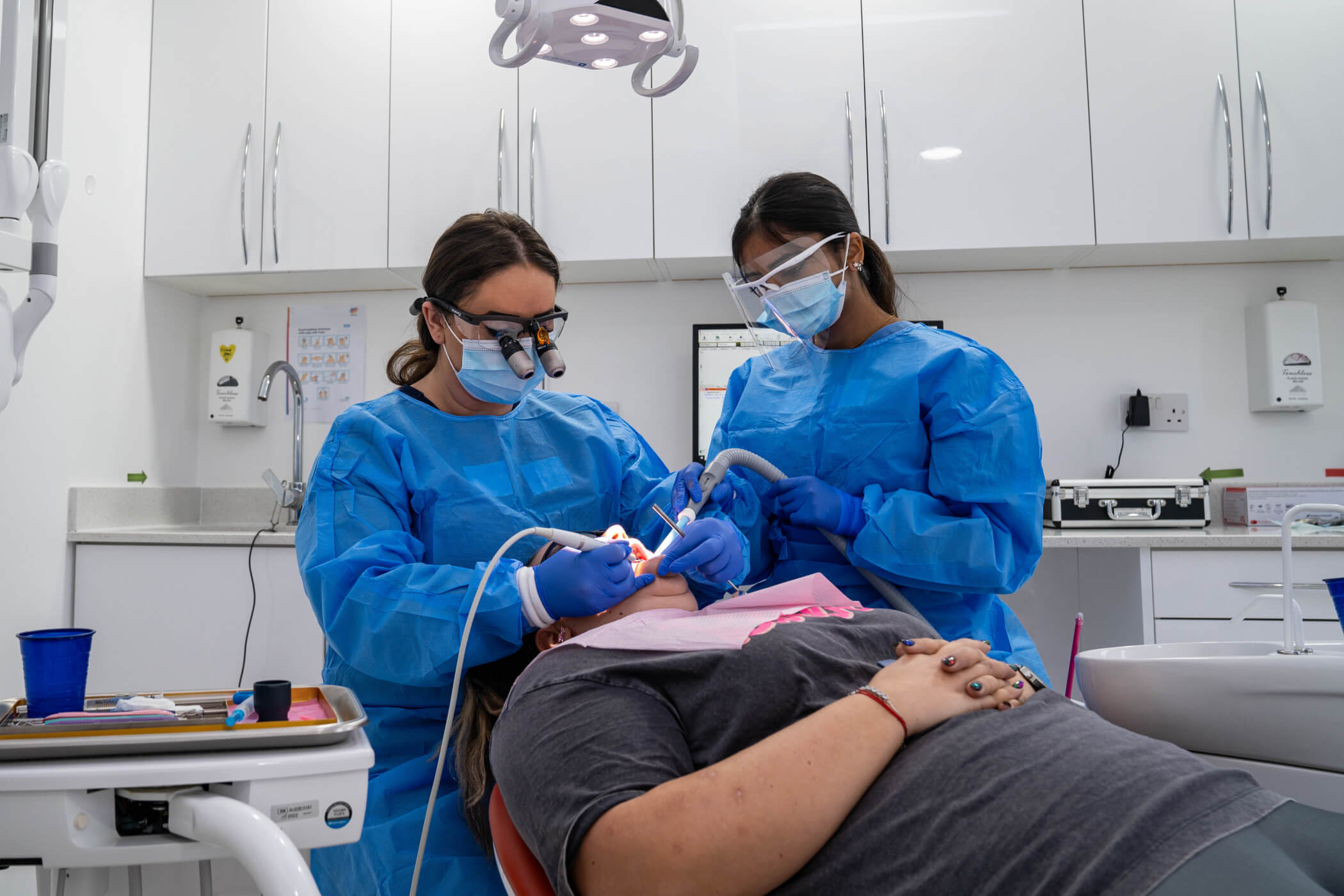
Dental bridges have become one of the most popular and effective solutions for those dealing with missing teeth. In fact, according to Public Health England, one in ten people attending dental practices in the UK have dental bridges or implants. With these numbers on the rise, we urge each patient at our dental clinic in […]
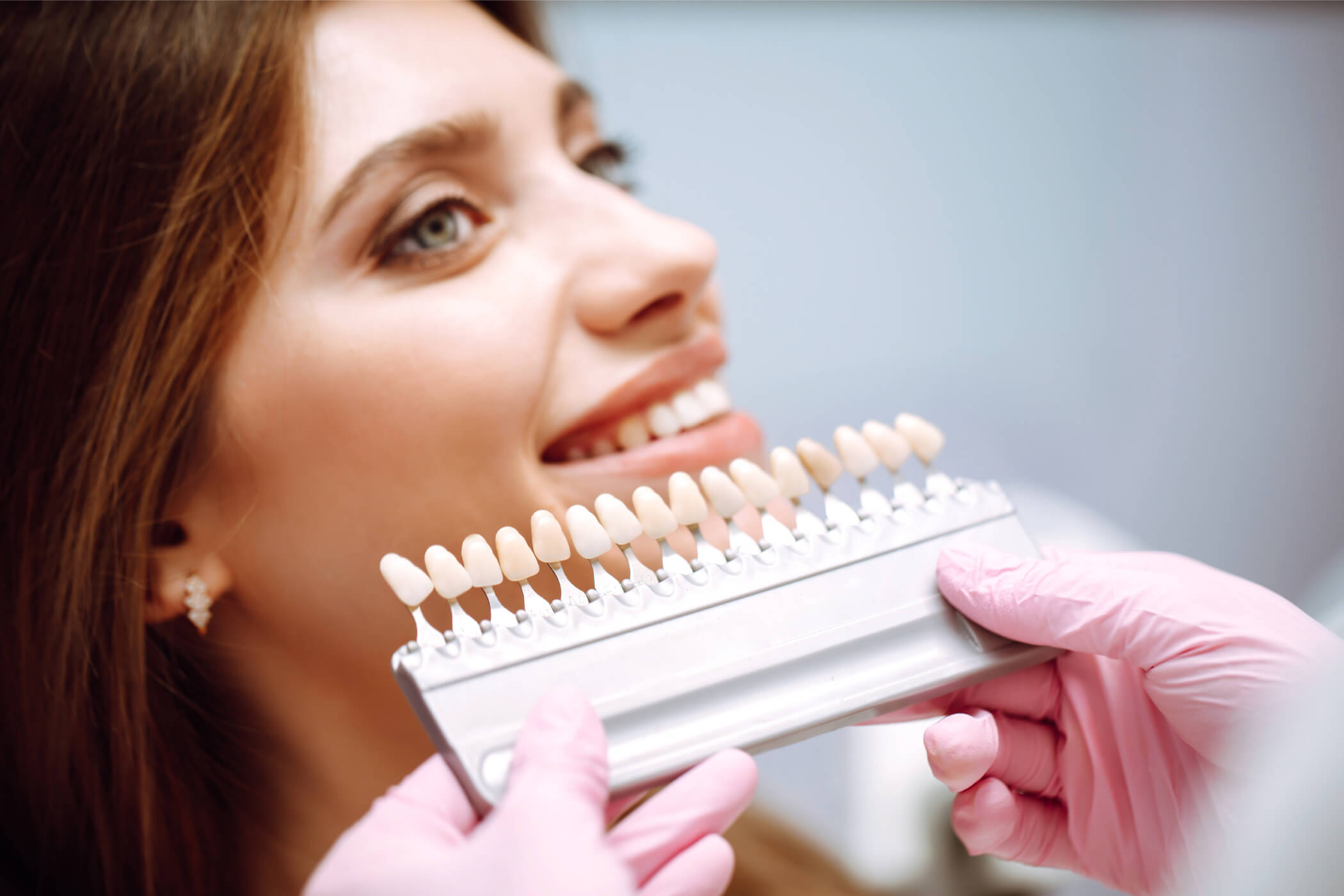
Veneers have rapidly become one of the most common cosmetic dentistry treatments, having skyrocketed in popularity over the last few years. Thousands of people in the UK have turned to the procedure to straighten their teeth and restore confidence in their smile. However, having only come into the spotlight in recent years, there’s a lot […]